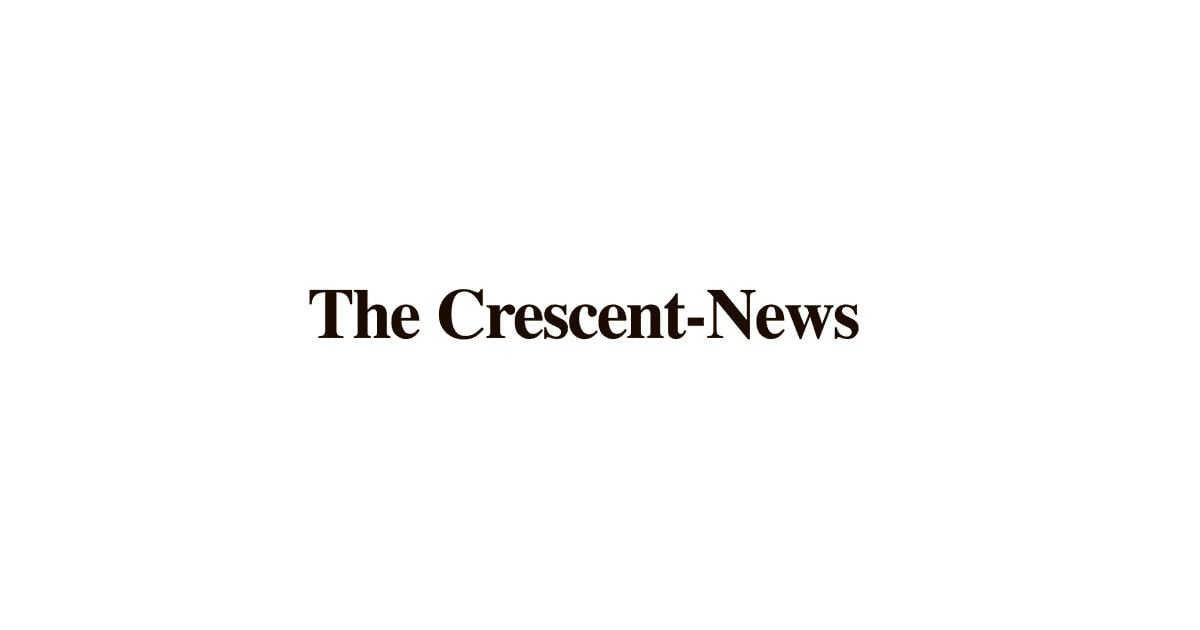Canada’s headline inflation eased to 1.7 % in July, down from 1.9 % the previous month, Statistics Canada says. Cheaper gasoline led the decline, but food prices moved the other way, leaving Canadians with higher grocery bills despite the overall slowdown.
Inflation slowed to 1.7% in July, but food prices rose at faster pace
Key Takeaways:
- Annual inflation fell to 1.7 % in July.
- June’s inflation rate had been 1.9 %.
- Statistics Canada credits lower gasoline prices for the cooling trend.
- Food prices rose at a faster pace than in June.
- Canadians still paid more at the grocery store last month.
A Cooling Headline Masking Hotter Groceries
Canada’s price picture in July offered a tale of two shopping carts. The overall cost of living grew just 1.7 %, Statistics Canada reported, marking a slowdown from June’s 1.9 %. The main reason: cheaper gasoline, which pulled the headline number lower.
The Numbers Behind the Dip
Inflation Rate (Year-over-Year)
July: 1.7 %
June: 1.9 %
“Lower gasoline prices fuelled the decline,” the agency noted, underscoring how volatile energy costs can sway the consumer price index in any given month.
Food Prices Head in the Opposite Direction
While motorists caught a break at the pump, shoppers saw little relief in supermarket aisles. Food prices “rose at faster pace,” Statistics Canada said, leaving many households with higher grocery bills even as overall inflation cooled.
What It Means for Canadians
The divergence illustrates the uneven impact of inflation. Lower fuel costs may ease commuting expenses, but staples such as bread, produce, and dairy continue to test household budgets. For policymakers, July’s data highlight the challenge of balancing headline figures with the day-to-day realities facing consumers.
The Bottom Line
Gas prices may have bought the economy a momentary breather, but the checkout counter tells a different story. Until food costs settle, many Canadians will see little evidence of the welcome-sounding 1.7 % inflation rate.











